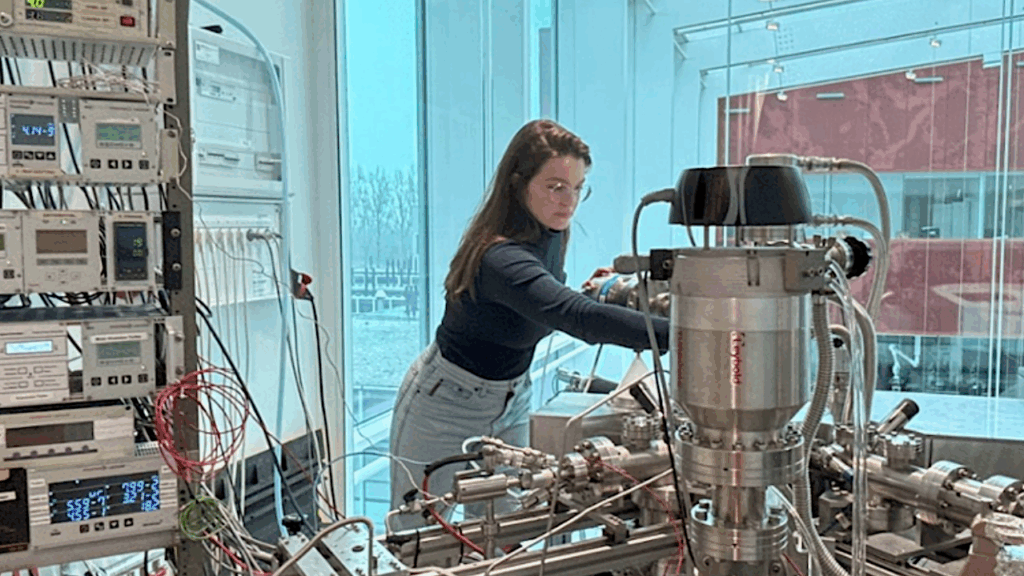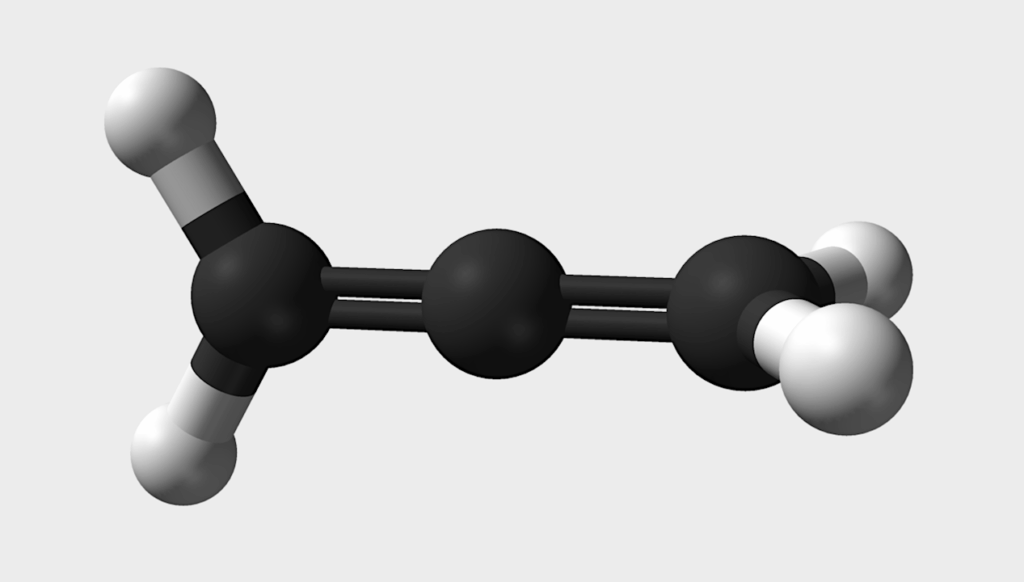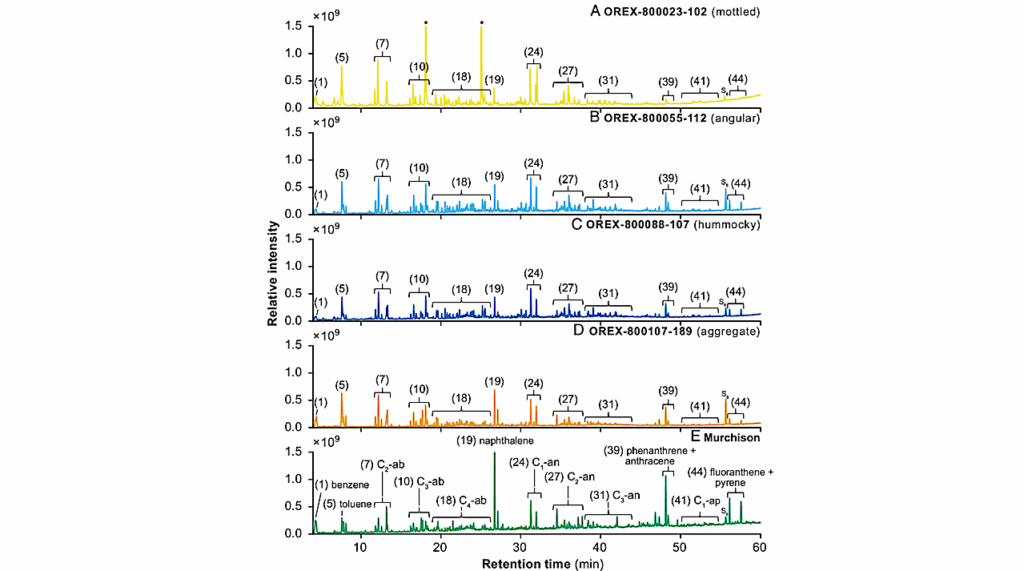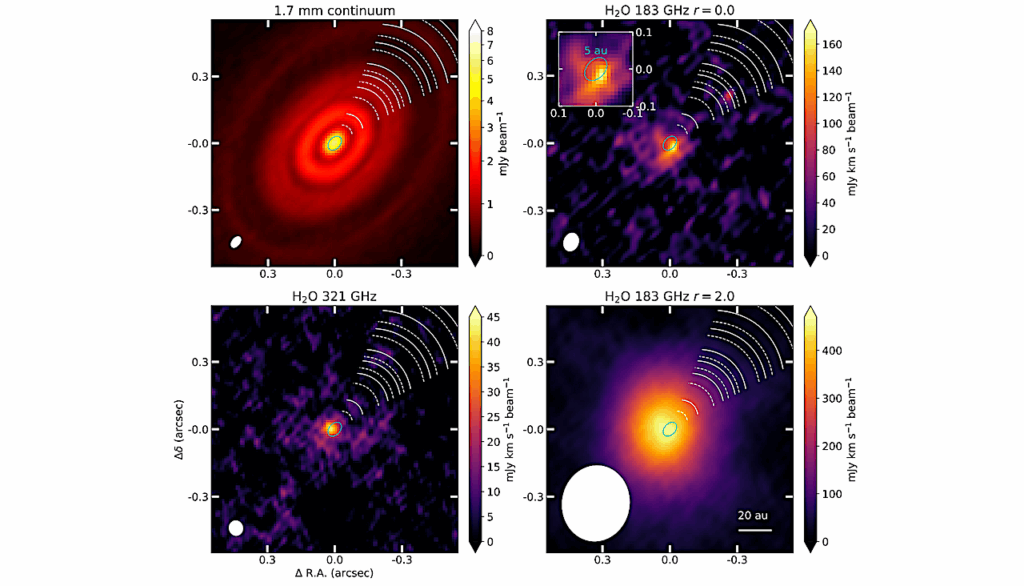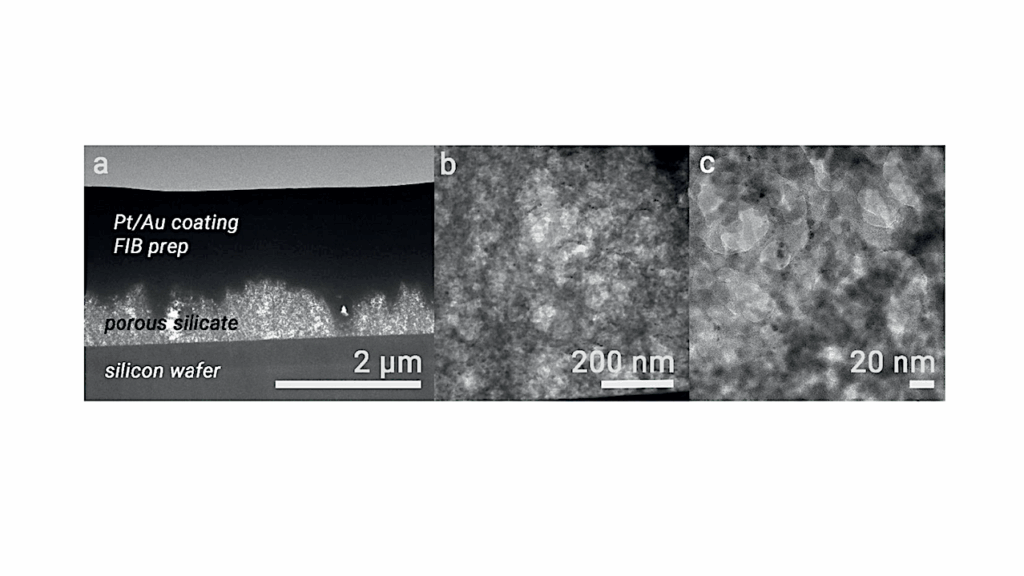HCN And C2H2 In The Atmosphere Of A T8.5+T9 Brown Dwarf binary

T-type brown dwarfs present an opportunity to explore atmospheres teeming with molecules such as H2O, CH4 and NH3, which exhibit a wealth of absorption features in the mid-infrared. With JWST, we can finally explore this chemistry in detail, including for the coldest brown dwarfs that were not yet discovered in the Spitzer era.
This allows precise derivations of the molecular abundances, which in turn informs our understanding of vertical transport in these atmospheres and can provide clues about the formation of cold brown dwarfs and exoplanets. This study presents the first JWST/MRS mid-IR spectrum (R ~ 1500-3000) of a T-dwarf: the T8.5+T9 brown dwarf binary WISE J045853.90+643451.9. We fit the spectrum using a parameterized P-T profile and free molecular abundances (i.e., a retrieval analysis), treating the binary as unresolved.
We find a good fit with a cloud-free atmosphere and identify H2O, CH4 and NH3 features. Moreover, we make the first detections of HCN and C2H2 (at 13.4σ and 9.5σ respectively) in any brown dwarf atmosphere. The detection of HCN suggests intense vertical mixing (Kzz∼1011cm2s−1), challenging previous literature derivations of Kzz values for T-type brown dwarfs. Even more surprising is the C2H2 detection, which cannot be explained with existing atmospheric models for isolated objects.
This result challenges model assumptions about vertical mixing, and/or our understanding of the C2H2 chemical network, or might hint towards a more complex atmospheric processes such as magnetic fields driving aurorae, or lightning driving ionization. These findings open a new frontier in studying carbon chemistry within brown dwarf atmospheres.
Elisabeth C. Matthews, Paul Mollière, Helena Kuehnle, Polychronis Patapis, Niall Whiteford, Matthias Samland, Pierre-Olivier Lagage, Rens Waters, Shang-Min Tsai, Kevin Zahnle, Manuel Guedel, Thomas Henning, Bart Vandenbussche, Olivier Absil, Ioannis Argyriou, David Barrado, Alain Coulais, Adrian M. Glauser, Goran Olofsson, John P. Pye, Daniel Rouan, Pierre Royer, Ewine F. van Dishoeck, T.P. Ray, Göran Östlin
Comments: Accepted for publication in The Astrophysical Journal Letters. 13 pages (5 figures) + appendices
Subjects: Earth and Planetary Astrophysics (astro-ph.EP); Solar and Stellar Astrophysics (astro-ph.SR)
Cite as: arXiv:2502.13610 [astro-ph.EP] (or arXiv:2502.13610v1 [astro-ph.EP] for this version)
https://doi.org/10.48550/arXiv.2502.13610
Focus to learn more
Submission history
From: Elisabeth Matthews
[v1] Wed, 19 Feb 2025 10:44:36 UTC (3,066 KB)
https://arxiv.org/abs/2502.13610
Astrobiology, Astrochemistry,


